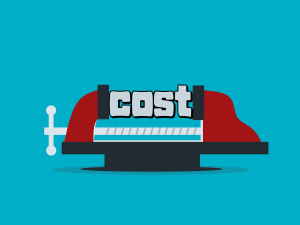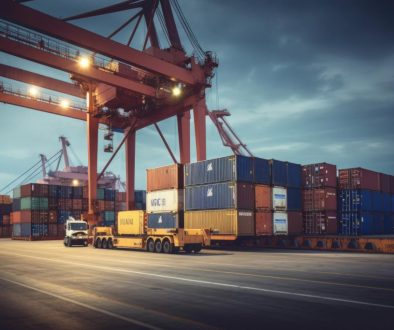Challenges Facing Metal Fabrication Industry
At any point in time, metal and steel fabrication work is ongoing with raw metal materials being cut, burned, welded, machined, formed or assembled by companies to meet industry requirements. Whether it is hardware, structural metal, or manufacturing products like hand tools or even handrails, companies in this industry play a significant role. That’s partially why the industry is steadily growing at about three percent annually. To know more about the applications of fabrication in the mining and oil and gas industries click here and here respectively. But even with steady growth, the metal fabrication industry is not without its challenges. This blog will discuss some of the major challenges facing this industry today.
Increasing customer demands

Customers are living in a world where things happen on demand. Increasingly, they expect an expedited experience in an industrial setting as well. Customers want their products with best quality as soon as possible, at an affordable price, with insight into where things stand and when they’ll be delivered. Heavy steel fabrication companies would need to be competitive and meet quality expectations. Customers expect shorter lead times and more accurate job costing and estimating. Customers are also increasingly looking for product-as-a-service options.
Supply chain management

As operations grow in complexity, the supply chain becomes more complex, too. Like many other industries, metal fabrication is becoming increasingly outsourced which gives rise in the number of channels to bring a product to market. To save money and to meet increasing demand for a variety of products with shorter delivery times, many companies send some processes or components out to other plants or locations around the world. While this gets products (e.g. pressure vessels) to the end-stage faster and at a lower price, it also means businesses must work harder to synchronize their demand forecasts, supply capacity, and their inventory quantities.
Increased costs

A common challenge pertaining to metal fabrication is the rising costs of materials and capital projects, alongside inefficiency in operational standards and silo-like decision-making. With the increase in labor costs in the US, moving production offshore hasn’t always increased profits as transportation and quality assurance costs have also been on the rise. Global inflation is also presenting new difficulties to the manufacturing world. Tariffs and trade wars, as well as the intricacies of various economies, contribute to increased costs and diminished profits for the metal fabrication industry. Another major factor was the impact of the COVID-19 pandemic which disrupted the steel industry leading to rising raw material prices and decreased demand due to construction halts and high transportation costs of mining plant and equipment.
Demand for New and Specialized Skills

Manufacturing companies rely on a workforce that is declining. There tend to be misconceptions within the younger workforce that most manufacturing jobs lack competitiveness, higher wages, or clean and safe work environments. There are also many jobs available that require a specific skill set, such as that of a highly specialized civil engineer, which can lead to recruiting challenges. To attract new labor, companies need to communicate opportunities well, use intuitive, innovative, and enjoyable systems, and ensure that skillsets are a good fit for the company.
Final Remarks

In an increasingly competitive market, it is anticipated that the right Operations Technology and Information Technology set-ups would help metal fabricators stay ahead. Metal fabrication projects are also beginning to pick up in Asian countries like India, Vietnam, Thailand etc. and resolving the above challenges will be beneficial for the metal fabrication industry in the long run. At the end of the day, metal fabrication is held in high regard – however slight course corrections are required to ensure that headwinds are converted to tailwinds!




